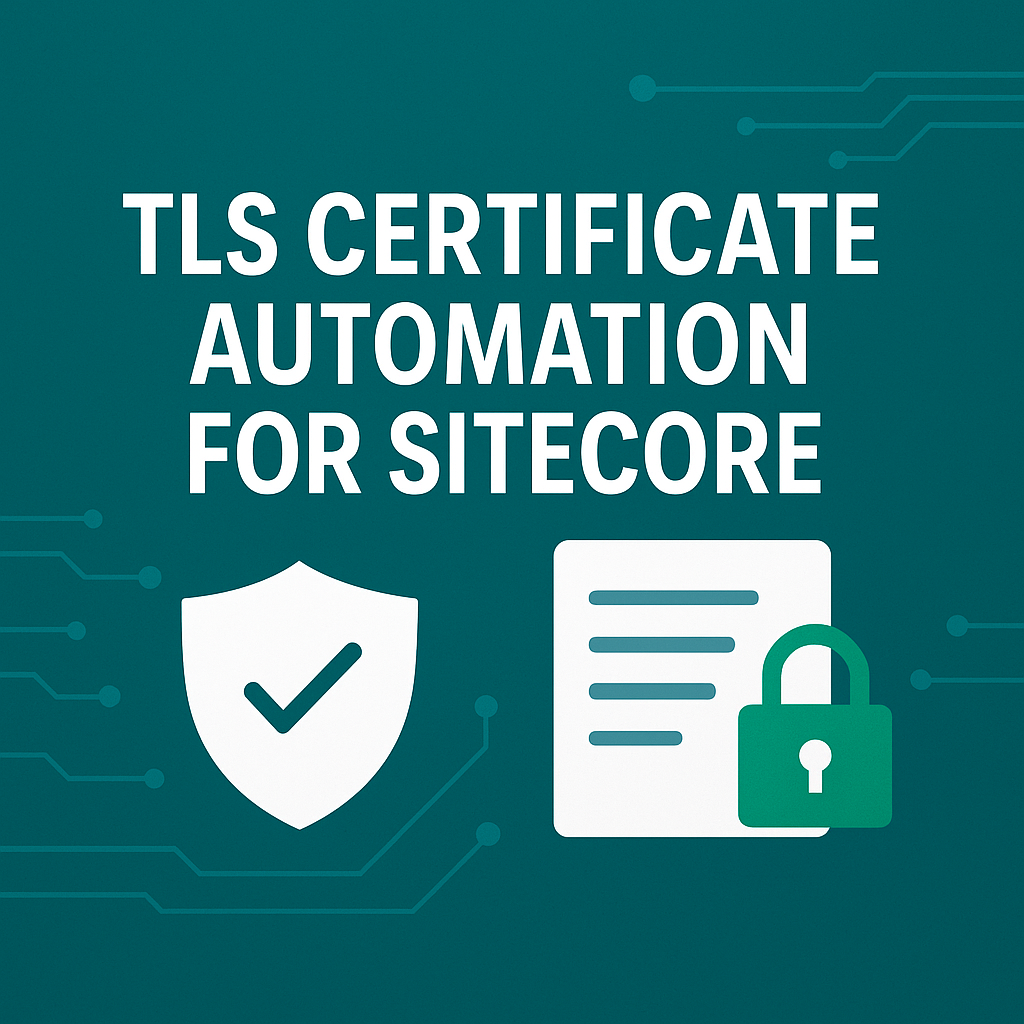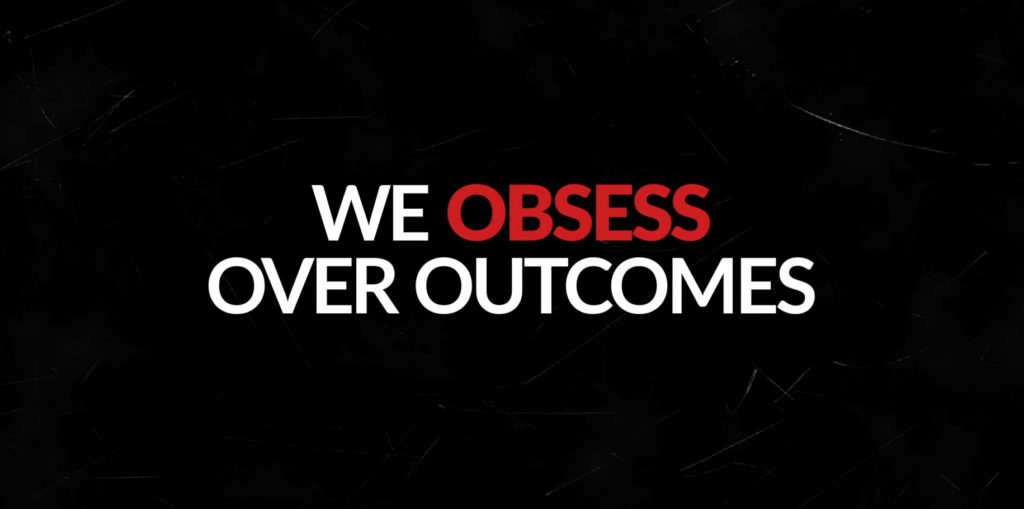A year ago, Perficient’s Sitecore team’s primary focus was on helping clients make the transition to headless, Next.js and react. We wrote guides that listed considerations and created roadmaps to help clients lay out a path to take advantage of this architecture. We created tons of blog posts and other thought leadership talking about why this was a big deal, helping clients make sense of what it meant to be headless and going through your headless options on Sitecore.
We found success in this approach, helping several clients make the move, and we launched several sites in this new architecture, and the performance improvements were drastic over what we saw with MVC sites.
We took this approach because XM Cloud was new, and most clients weren’t ready to take the leap. And getting to headless was a good way to position yourself for XM Cloud and SaaS in the future. If you were looking at the adoption curve, I’d argue that we were in the “Early Adopter’s” phase for much of 2023.
But somewhere in the middle of last year, conversations about adopting XM Cloud became more serious and frequent. The benefits of SaaS, the consistency of the improvements to the platform over time. It was no longer a conversation about moving to XM Cloud in the future, it was about moving to XM Cloud now.
One of our clients was considering upgrading from Sitecore 9.3 to 10, but after discussing their goals and needs, it made sense to skip the Upgrade and go directly to XM Cloud. With our help we were able to migrate and launch their site on XM Cloud in late 2023.
As we enter 2024, most of the conversations we have are focused on XM Cloud. All signs show that we have finally entered the “Early Majority” phase and I expect a breakout year for Sitecore, XM Cloud and our Sitecore practice. Here are the top 7 reasons this should be the case:
XM Cloud Empowers Marketers to Create their own Components and Get Started with Personalization
XM Cloud provides a brand-new WYSIWYG component building experience to marketers, who can lay out their components however they want and use them directly in pages. You can configure the design system to match your style guide so the components will automatically use the right fonts and colors to match your existing designs. This removes a burden from development teams and allows your marketing teams to be more agile. Whenever I demo this feature, I’m always surprised at how client’s eyes light up as they see the obvious usefulness of this tool.
This coupled with the straightforward Page personalization capabilities of XM Cloud give marketers everything they need to optimize their websites. With over a dozen rules, marketers can create simple page variants and swap out components for their own custom-made creations. None of this was available in Sitecore XM or XP.
Sitecore Pages is better and faster than Experience Editor
Sitecore Pages is a significant improvement over Experience Editor. The interface is more intuitive, no more needing to worry about “saving” your work as changes are automatically saved. Easily see how your page will look on mobile and tablet breakpoints. And best of all, it’s really fast. Unlike Experience Editor, which tended to get slow if a lot of people were using it, or if you were the first person to use it in a while, Sitecore Pages is completely SaaS and independent of your CM environment. And if the value of a happier and more productive marketing team wasn’t enough, XM Cloud Components empowers them to create their own components without the need for developers.
The Business Case is Real
If you are currently hosting Sitecore XM or XP on PaaS or on premise, there is a clear cost takeout play by moving to XM Cloud. Even if the hosting and licensing costs are close, the operational costs of managing a true SaaS offering vs. what you need to support PaaS makes it even more compelling. And that doesn’t consider the value of improvements to your site and solution. We have seen clients improve their page load times by 2 – 3 times over traditional MVC solutions. These kinds of improvements will have significant SEO impacts which can lead to more visits and conversions which can justify the migration by itself. If you need help making the case, we’ve developed templates that make it easy to plug in the numbers of your situation to see what the impacts and expected ROI will be.
There is proper guidance and certification around the Platform
Standards are important. Sitecore figured that out years ago, when they published their “Helix” guidance and pushed their partners to adopt those standards and practices. With XM Cloud and JSS, there has been a need to re-establish some of those best practices given the changing architecture, tools and frameworks involved.
In December, Sitecore released the first version of that guidance: Sitecore Accelerate. It’s a collection of recipes, best practices and standards for moving to headless and XM Cloud. Sitecore is already pushing partners to embrace and adopt this guidance which will help mitigate common mistakes partners make implementing their solutions on the new platform.
Additionally, Sitecore Learning has come out with a learning plan for XM Cloud as well as a certification path. Perficient had nine consultants pass the XM Cloud certification exam while it was in beta. With these programs in place, it is easier to get development teams up to speed on the platform and give confidence in delivery with this technology.
The Product Keeps Getting Better
In 2023, there were 98 updates to XM Cloud. That’s more than 8 releases every month on average. That includes typical bug fixes, improvements but also major features. In November, they released the beta version of their integration between XM Cloud Deploy and Azure Dev Ops. In July they added support for Page Designs and Partials to the Pages Editor. In March they added support for Open ID connect to enable Single Sign On. Not to mention the releases and improvements to XM Cloud Components (mentioned earlier).
All of this is tracked in the open on the XM Cloud Changelog site. Sitecore has been pretty open with their roadmap too, as a new Forms builder is expected early this year. Enhancements to the personalization and optimization capabilities to include AB testing and component level personalization have also been discussed. The best part is that you get these improvements automatically. No upgrades to plan for ever again.
HIPAA Compliance is Coming
At Perficient, Healthcare is one of our biggest industry verticals. While some of our healthcare clients have been reluctant to move to Sitecore’s SaaS products, that will all change later this year as the ecosystem moves toward true HIPAA compliance. Sitecore Personalize and CDP, the engine that powers XM Cloud’s analytics and tracking capabilities, is expected to be complaint by mid-year, with Sitecore already entertaining BAA agreements in anticipation of that date. The rest of XM Cloud should be compliant by the end of the year.
At the same time, front end hosting partners Vercel and Netlify have both indicated HIPAA compliance and BAA agreements should be supported early in 2024. Vercel has indicated it should be ready by the end of Q1. These agreements will open up the healthcare market and drive adoption of XM Cloud and the rest of Sitecore’s SaaS stack within healthcare organizations.
Sitecore Symposium is Back
Last year featured a number of local “DX” events hosted by Sitecore all over the world. SUGCON North America also returned, as we saw a resurgence in local user group activity both online and in person. But none of these events had the gravitas that Symposium brings. This year, Symposium is back in person and in Nashville. And with it will come the excitement and activity associated with Sitecore’s marquee event.
Wrapping Up
As we enter 2024, I see a lot of opportunities for XM Cloud and the rest of Sitecore’s composable stack. I personally have invested a ton of time into Sitecore Personalize and CDP. We have had decent success with Content Hub. Our teams are even beginning to dig into Order Cloud. But XM Cloud will continue to be the main focus and growth driver in 2024.
If you need help justifying moving to XM Cloud or need a partner to fuel your growth in 2024, reach out to me. You can find me on LinkedIn, Twitter or fill out our contact form.





Leave A Comment